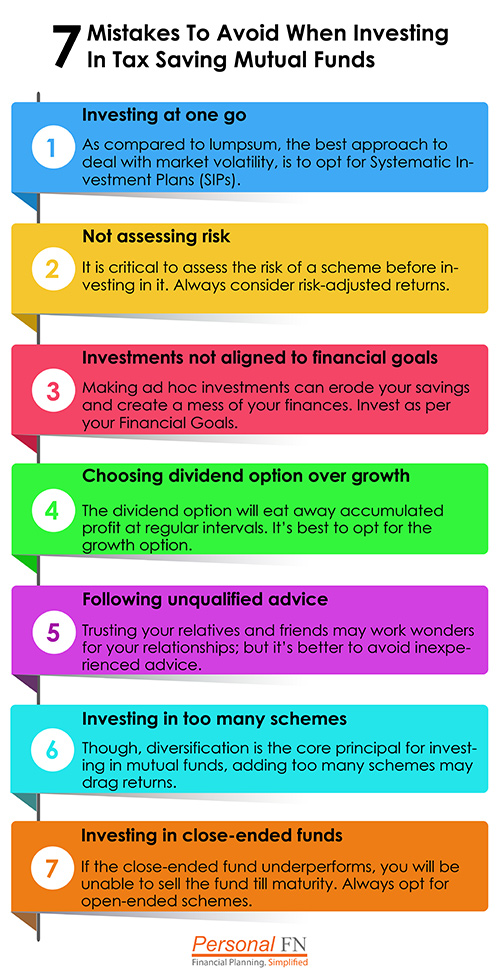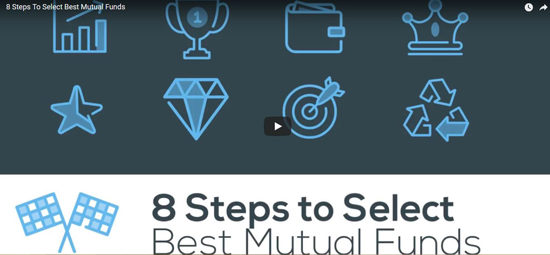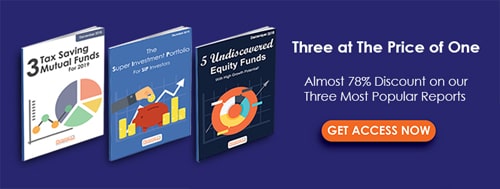With tax season around the corner, many of you might realise the need to invest in eligible tax-saving investment avenues
However, if tax saving is your sole objective and you rely heavily on the intermediaries of financial products, you are likely to make the wrong investment decisions.
As you might be aware, you can claim a deduction of up to Rs 1.50 lakh under Section 80C of the Income Tax Act. A wide range of investments qualify for a deduction viz. Public Provident Fund (PPF), 5-year Tax-saving Bank Fixed Deposit, Equity Linked Saving Schemes (ELSS) offered by mutual funds, National Savings Certificate (NSC), and life insurance products among others. You can claim an additional deduction of up to Rs 50,000, if you have invested in the National Pension Scheme (NPS).
Among the tax-saving products, ELSS is one of the most attractive options for investors with an appetite for high risk. It is also an avenue that has the shortest lock-in period of three years.
Until recently, ELSS was one of the most favourite products of distributors (like that of savvy investors), since it fetched them 3%-4% upfront commissions.
But the story might be different this year.
A relationship manager of your bank or a distributor of financial products, who follows the commission-driven business model, may not actively promote ELSS this tax-saving season. On the contrary, they will try to sell you Unit Linked Insurance Plans (ULIP) or traditional saving-cum-insurance plans.
What could be the reason?
SEBI has directed mutual fund houses to stop paying commissions and the upfronting of commissions.
[Read: How SEBI’s Diktat On ‘Expense Ratio’ Will Benefit Investors]
Suddenly, ELSS has become a less lucrative option for distributors.
But how many of them, you think, will admit this?
In fact, they might try to convince you to opt for new-age ULIPs over ELSS because the latter attracts long-term capital gains. For now, though ULIPs might score above ELSS on the applicability of Long Term Capital Gains tax, there’s no guarantee that the government won’t bring ULIPs under the ambit of tax in the future.
Arguably, new-age ULIPs have zero or low premium allocation charges, depending on the insurers’ preferences and can outperform ELSS returns over a 10-year period. We strongly recommend being extremely wary of such claims that don’t have any historical evidence.
The fact is, many ULIPs in their so-called ‘reformed’ avatar have policy administration charges that when accounted for along with other incidental costs, still prove to be an unattractive alternative compared to ELSS.
Another disadvantage of investing in ULIPs is that you might be stuck with them for 10-12 years even when they underperform.
What’s the point in investing in tax-efficient product whose gross returns can’t match the net (tax-adjusted) returns offered by ELSS?
How much to believe in commission-hungry relationship managers and other distributors of financial services is up to you.
Here are reasons why ELSS is the best tax saving option for you…
-
Since ELSS invest in equities, they can generate higher inflation-adjusted returns.
-
They can even help you generate the corpus required to fulfil your life goals such as retirement, child education, making a down payment for a house, etc.
-
When you opt for direct plans that ELSS offers and invest through Systematic Investment Plans (SIPs), there are two advantages—not only do you benefit from Rupee-cost averaging, with the power of compounding you beat ULIPs on their cost structure.
If you have a time horizon of five years or more and are a risk taker, ELSS are a worthy option to plan your taxes and multiply your capital.
You have ample alternatives in the ELSS mutual fund category. Just remember to analyse the performance of the mutual fund schemes minutely before investing because, under ELSS, the lock-in period is three years. Consequently, if you pick the wrong fund, you will have to bear the cost of underperformance for the entire period. Moreover, while investing in ELSS, follow your personalised asset allocation.

A word of caution…
The performance of ELSS funds can widely vary over the years. A top ELSS fund in one period may not necessarily be the best ELSS fund for the next period. Hence, to pick the right ELSS fund, select the one that has performed consistently and generated a superior risk-adjusted performance.
Watch this video to know how to select a mutual fund wisely:

Investing in ELSS goes beyond just saving tax. In fact, it’s imperative that you shouldn’t wait until the last quarter of a financial year to invest in taxing-saving instruments.
Editor’s note:
You could be convinced about investing in ELSS depending on your risk appetite and investment goals.
Nevertheless, that’s not enough, right?
Selecting the right ELSS fund is equally important.
Not many of you may be comfortable assessing mutual funds on quantitative and qualitative parameters.
PersonalFN understands your worries and brings to you a special combo.
If you need superlative guidance to select mutual funds that have the potential to make BIG gains, want to do tax planning with ELSS, and want to know which mutual funds are worthy to start a SIP with, PersonalFN has come up with an exclusive three-in-one combo offer. Click here to know more.

Add Comments
| Comments |
mohanpvarghese@gmail.com
Dec 16, 2018
no comments |
1